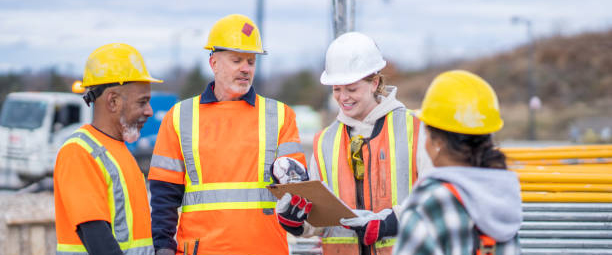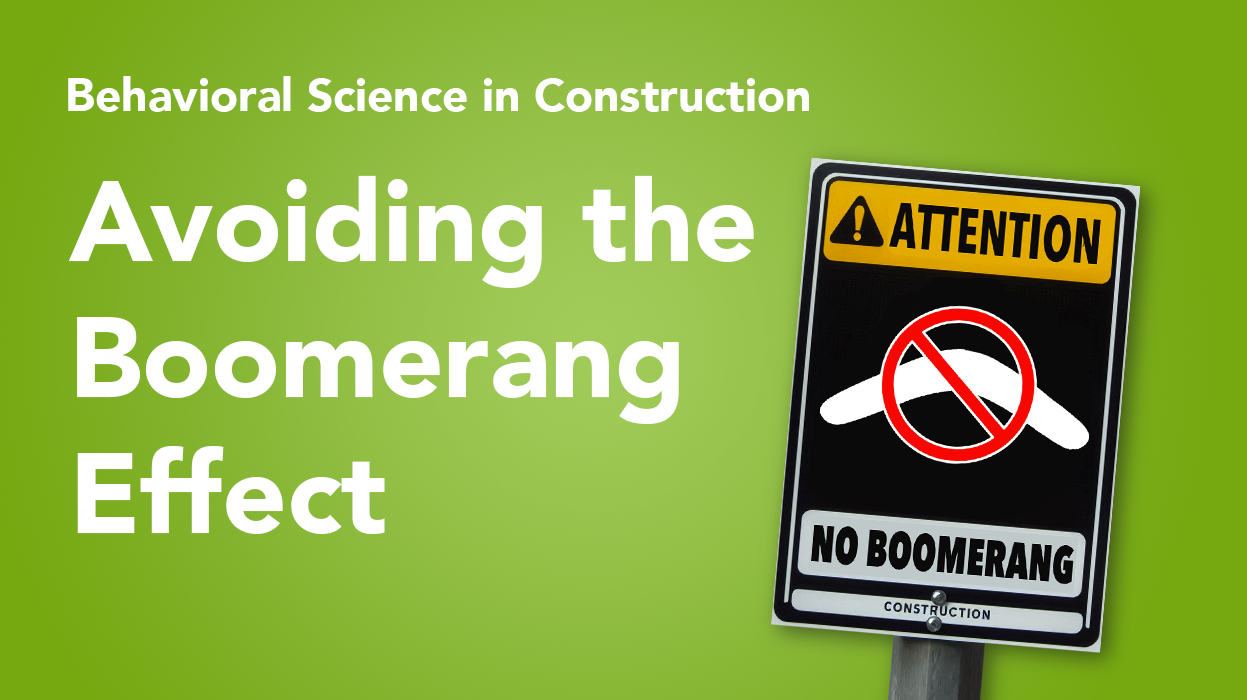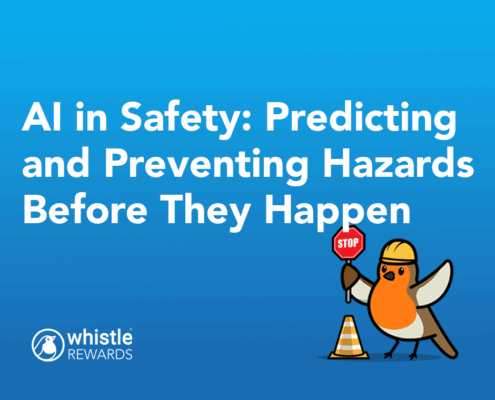Behavioral Science in the Construction Industry: Avoiding the Boomerang Effect
The Boomerang Effect
My five-year-old son, Reid, hated vegetables. He’d gag at broccoli and launch peas off his plate like little missiles. Determined to improve his diet, I started a “Veggie of the Week” program, showcasing a new vegetable each week with silly songs. Reid was unimpressed, refusing to touch anything resembling a vegetable. After a week of my antics he’d declared a full-blown vegetable boycott.
My enthusiastic campaign had backfired, turning a mild dislike into a full-fledged veggie vendetta.
Much like in parenting, human behavior plays a crucial role in the construction industry, especially regarding safety and compliance. Sometimes, well-intentioned safety and compliance initiatives can backfire, leading to the very behaviors they aim to reduce. This phenomenon, known as the boomerang effect, occurs when efforts to correct unwanted behavior inadvertently reinforce it. Understanding this phenomenon can help construction professionals communicate more effectively and create safer work environments.
The boomerang effect is triggered when highlighting unwanted behavior inadvertently reinforces it. Imagine a construction site where supervisors frequently remind workers not to leave their tools lying around. Despite these reminders, the issue persists and may even worsen. This is the boomerang effect at play. Constantly highlighting what workers shouldn’t do can ironically make that behavior more prominent in their minds.
Here are three simple ways to avoid the Boomerang Effect:
- Research shows that people are more influenced by what others are doing (descriptive norms) than what others think should be done (injunctive norms). In the construction industry, this means that it is more effective to say, “Our team wears their hard hats every day” than to say, “Everyone should wear hard hats.” Recognizing the positive behaviors already practiced by the group encourages others to follow suit.
The concept of social proof also highlights how people automatically adjust their behavior to do what they see others doing. For example, people who received postcards telling them that their neighbors used less power than them reduced their power usage. However, it works in both directions: People who were using less power to begin with increased power usage when they saw how much others were using.
Some employers seek to change behavior by pointing out the company’s abysmal compliance rates, assuming this will motivate workers to do better. Instead, it usually has the opposite effect because it tells workers it’s actually normal (and OK) to not comply.
Suggestion: On a construction site, instead of focusing on those who forget to wear their hard hats, acknowledge how many people or teams do wear them consistently. “Joe’s, Andy’s, and Lee’s teams have all worn hard hats every day this week.”
- When individuals feel their freedoms are being threatened, they tend to resist or do the opposite of what is being suggested. This tendency is much greater in men than in women, which may explain why the boomerang effect is more common in men and exacerbated by highly masculine roles. If people are repeatedly told that they must do something “because you said so”, they may purposefully dismiss the request in order to reassert their sense of autonomy.
Instead, tap into workers’ intrinsic motivation to keep everyone safe. Highlight the reasoning behind safety guidelines. Rules exist not to control people, but rather to protect their safety and to prevent them from accidentally injuring a co-worker. When workers can see the real world implications of the rules, they are more likely to adhere to them voluntarily.
Suggestion: Incorporate daily tool talks describing why safety protocols are important. Share data or information on how increases in safety related behaviors directly reduce injuries on the job. Highlight situations where someone could have been hurt but wasn’t because of adherence to safety protocols.
- Phrasing things in terms of “Do XYZ” is much more effective for guiding behavior than saying, “Don’t do ABC.” When you say, “don’t leave your equipment laying around”, people automatically imagine leaving their equipment laying around. Then they must do the mental work to determine what they are supposed to do and actually follow through. When people are distracted, pressed for time, or just low on motivation, this does not happen. Instructions and requests must be phrased in terms of doing the desired behaviors, not avoiding bad ones.

Suggestion: Instead of saying, “Don’t leave your equipment laying around,” say, “Everyone please hang up your gear and put your equipment back where it goes.”
Summary of recommendations to avoid the Boomerang Effect:
- Leverage social norms: Emphasize the good behaviors already happening on the site. For example, “Most of our team members follow safety protocols diligently” is more effective than pointing out violations.
- Involve workers in the why: Engage workers in why specific safety guidelines are important to give them a sense of ownership and control. This reduces resistance and increases compliance
- Say what you want: “Remember to wear your hard hat for your safety” is better than “Don’t forget to wear your hard hat.”
The boomerang effect is real

In the Petrified Forest National Park in northeastern Arizona, a well-intentioned attempt to curb theft of petrified wood backfired spectacularly, showcasing the power of the boomerang effect. Park officials, concerned about the increasing disappearance of petrified wood, posted signs warning visitors not to steal the wood, hoping to deter the behavior. However, the signs inadvertently drew attention to the problem, making the wood seem more valuable and desirable in the eyes of some visitors. As a result, theft rates actually increased, demonstrating the boomerang effect in action.
By leveraging social influence, tapping into intrinsic motivation, and clearly stating what behaviors you want, you can reduce counterproductive behaviors and promote a culture of safety on construction sites.



















